There is a rhino in the heart of Brescia, a city in the region of Lombardy, Northern Italy, situated at the foot of the Alps. The wild animal does not come from the remote areas of Africa, but it is a figment of Stefano Bombardieri’s imagination. Stefano Bombardieri is a conceptual artist and sculptor who became famous for his bronze statues of wild animals and mythological figures. Both the size and the placement of the statues make his work impossible to forget. 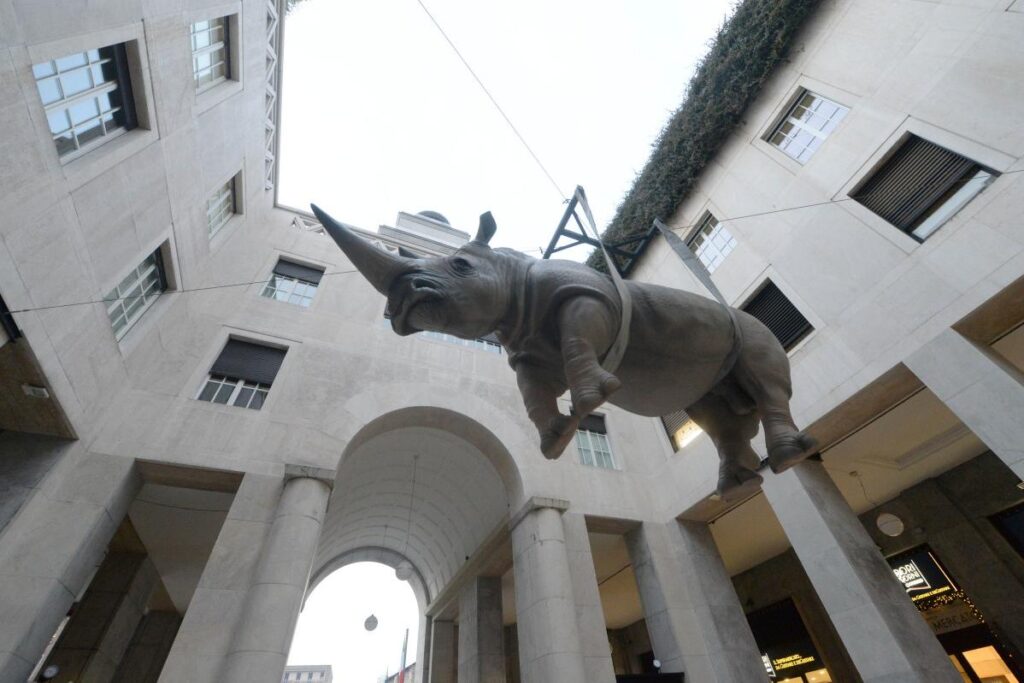
Bombardieri always aims at creating fictional and confusing works of art that leave the public speechless. The hanging in mid-air rhino caught everyone by surprise when first placed in Quadriportico della Vittoria. Tourists and locals have been wondering about the meaning of such a bizarre statue, which could be hidden in the full name of the masterpiece: “il peso del tempo sospeso – rinoceronte” (literally: The Weight of Suspended time – Rhinoceros”.
This is not the first time that the Italian artist chooses wild animals as enormous subjects of his works. There seems to be a connection between the artist’s works and environmental topics such as the exploitation of natural resources and the consequential destruction of the wildlife habitat.
The statue is today a must-see tourist attraction for contemporary art enthusiasts and curious tourists, which will remain available to the public and free until December 2022.



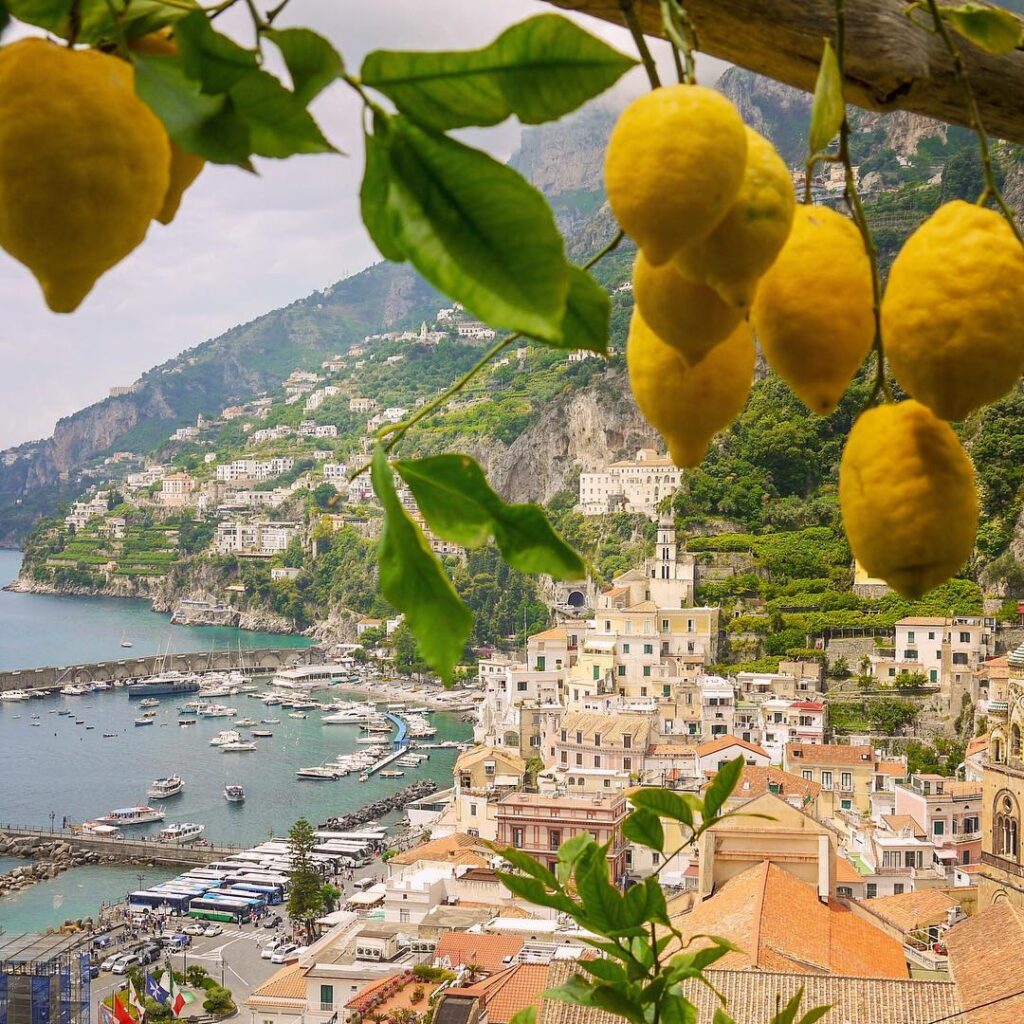
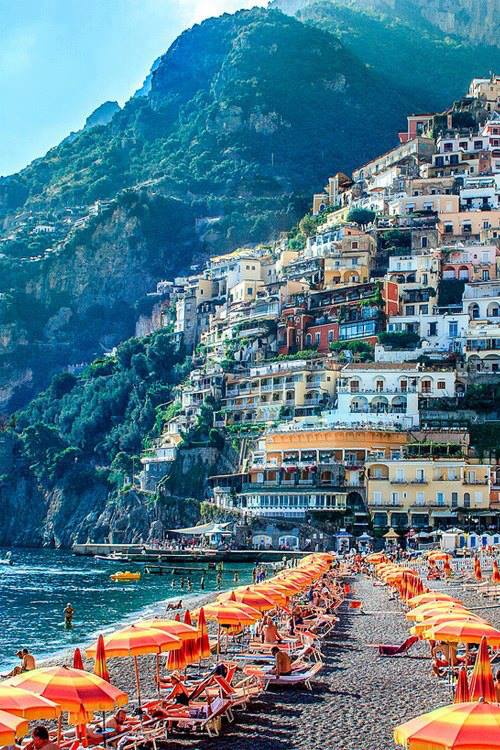
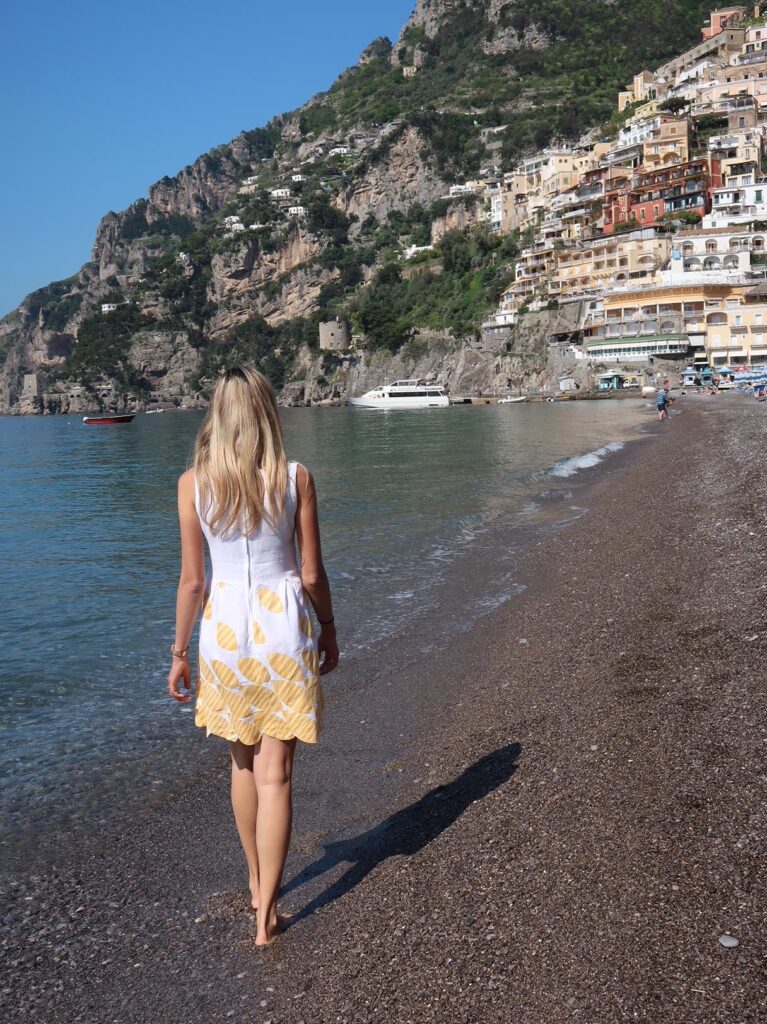
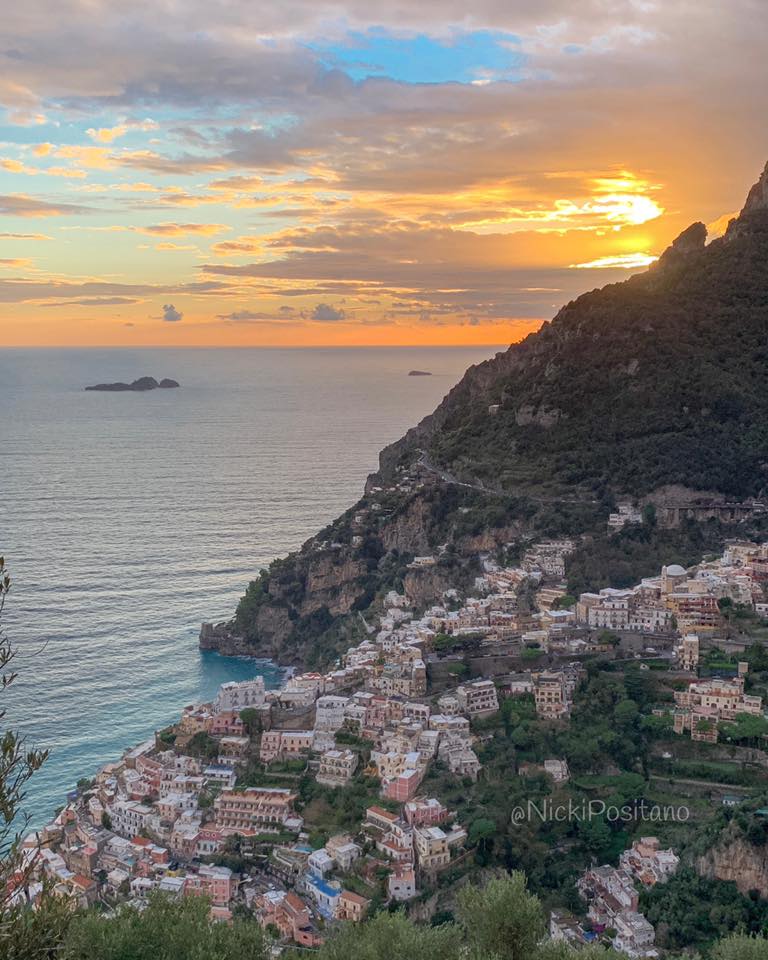
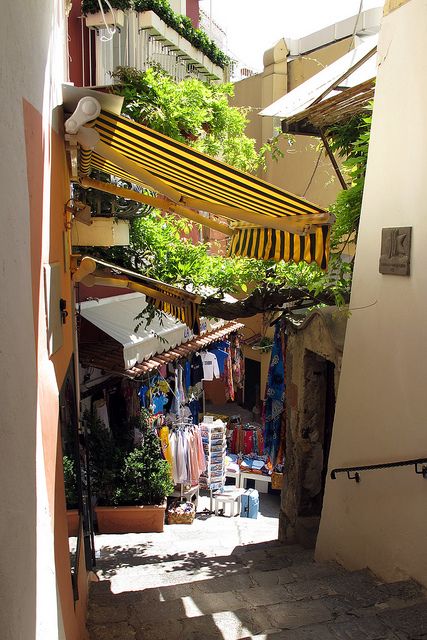
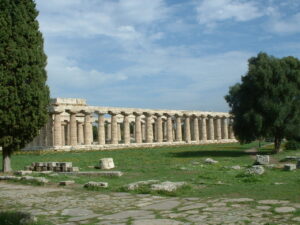


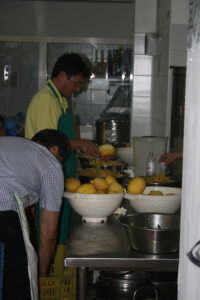

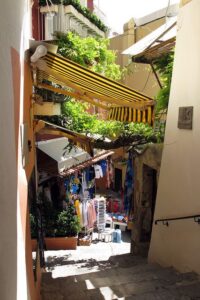
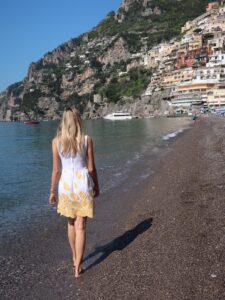
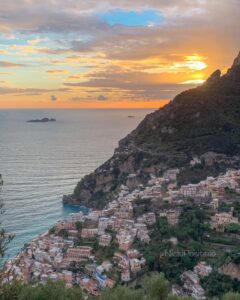
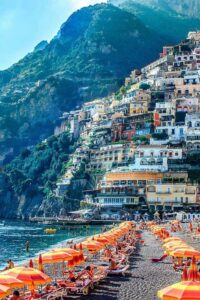

 Lo show di Bianca, intitolato “A letto con Bianca” ha avuto inizio come una serie di incontri live che Bianca teneva sui suoi canali social personali, dove discuteva di argomenti quali l’accettazione di sé, la gestione del trauma, le relazioni tossiche e l’amore per se stessi. Dato il grande coinvolgimento del suo pubblico, lo show è stato prontamente spostato da Instagram a YouTube e conta quattro episodi fino a oggi.
Lo show di Bianca, intitolato “A letto con Bianca” ha avuto inizio come una serie di incontri live che Bianca teneva sui suoi canali social personali, dove discuteva di argomenti quali l’accettazione di sé, la gestione del trauma, le relazioni tossiche e l’amore per se stessi. Dato il grande coinvolgimento del suo pubblico, lo show è stato prontamente spostato da Instagram a YouTube e conta quattro episodi fino a oggi. 